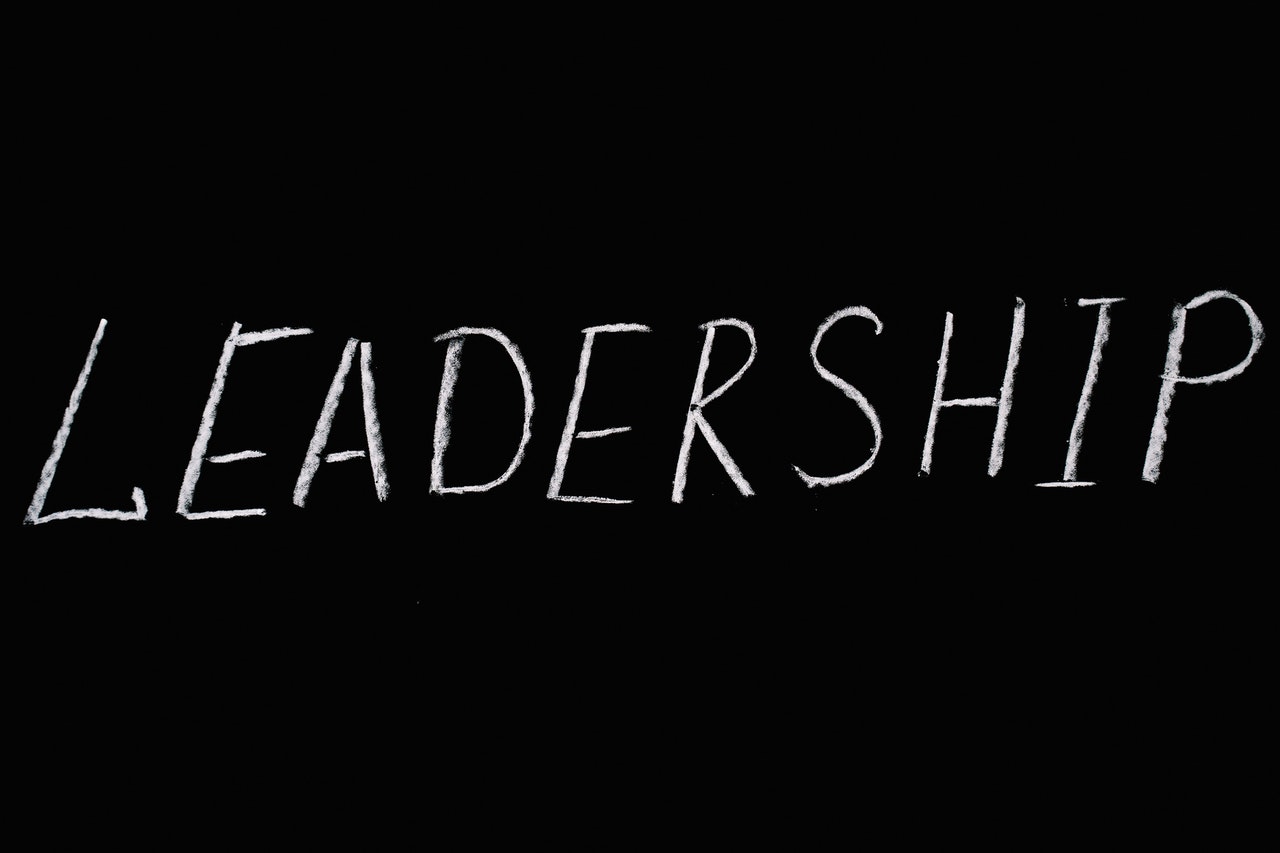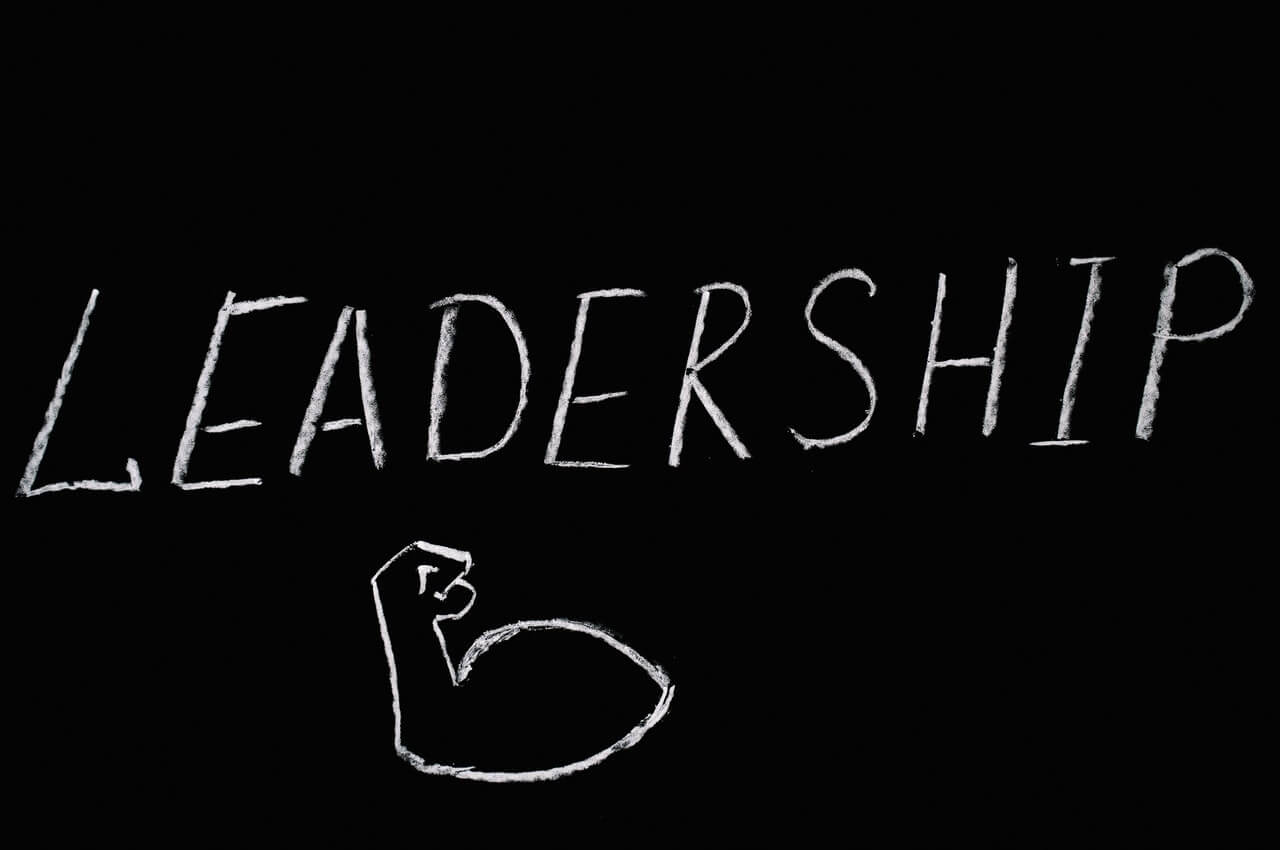Personally, I have never liked icebreakers. Just ask anyone you know who doesn’t like them and you’ll probably find an introvert. That’s me, too, an introvert. I derive my energy from quiet time alone, but my job is as a trainer. Focusing on my job and others is different from focusing on myself. So, as a trainer I use icebreakers when I have to, and there are times it is necessary.
When is that exactly? When you need to bring everyone’s energy to same level.
To do so will affect a similar level of learning. There are probably a multitude of other factors that exist that make this as an imprecise gauge (I did say “similar”), but when has teaching or training anyone been an exact science? If there are different ways that work best for us to learn as individuals, why not use the different ways we use to gain energy?
So, why icebreakers? Because there are those who will benefit from them: the extroverts, in particular–those who derive their energy from having others around them rather than reading a book or seeing a film. The icebreaker will bring them to a comfortable place, and, if we’re lucky, they may have gained some enthusiasm from their interaction with the others for the training ahead.
Icebreakers are necessary if only to charge a part of the group.
I use an indirect way to charge the part of the group that’s left. Here’s the sneaky part: I use the introverts to control the rest of the group during the icebreakers. I put them in charge and give them a specific job to do. There is no need for “forced” socialization for that group. It wouldn’t take, and that’s not part of the deal. The deal is training, right?
As an introvert myself, I am intimately aware that in a room of strangers and the “forced” socializing imposed by “breaking the ice” is simply added stress to an already anticipated pressure-packed environment. It’s not that introverts don’t like people, they do; it’s just more comfortable and easier to be the lone wolf. Quite frankly they’d rather not be trained by anyone at all.
We know the best learning occurs when our students or trainees least expect it so I like to keep them unaware of when that learning might occur. Seriously, we are preparing our learning environment and that includes the students and trainees themselves. My cadets at the U.S. Air Force Academy illustrated that for me on my first day of teaching. When I entered the room, the lead cadet called the room to attention and said, “Sir, the class is prepared for instruction.” I can live with that attitude for learning.
We don’t usually get that. In the corporate training room, it may appear that way on the surface. In reality, we start with room of opposing magnetic poles, and it is our job to make them stop opposing one another (and us) and focus that magnetism–that energy on learning.
Even a room of people who do the same jobs it is highly likely it will be at the very least a mix of introverts and extroverts. While those outward-looking individuals are more gregarious and seemingly ready to learn, the more inward-looking introverts are happier left alone to their own devices. I know those inward-looking individuals are not going to appreciate the intrusion of an icebreaker function.
So, rather than intrude, I let them intrude. The introverts I have identified or usually have identified themselves to me by the frowns on their faces become my helpers and thinkers, what they like doing best–use their own devices, and leave those who want to participate to be led by those who don’t. We’ve all done this before probably without thinking much about it. For example, when we let our class nemesis lead the class and thereby gained an ally.
Everyone is charged and happy. I’m ready to train. Are you?
—
For more resources about training, see the Training library.
For a look at the human side of training from my Cave Man perspective, please check out my book, The Cave Man Guide to Training and Development. Cave Man II and III are coming soon,










